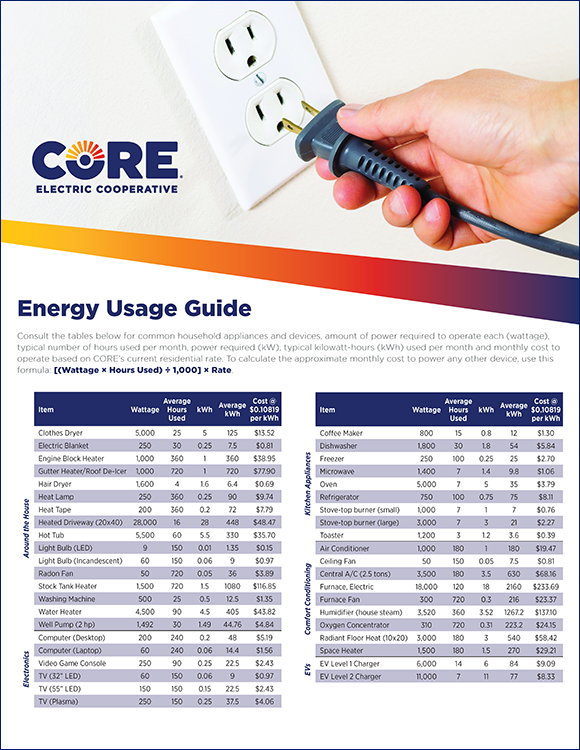Energy-Saving Tips
To do today
- Turn the temperature on your water heater to the warm setting (120º).
- Use the energy-saving settings on your refrigerator, dishwasher, washer, and dryer.
- Check the age and condition of your major appliances. Refrigerators are often a big energy culprit.
- Clean or replace filters on your furnace, air conditioner, and heat pump.
To do this week
- If you have a water heater that is insulated with fiberglass, wrap a water heater blanket around it.
- Caulk leaky windows.
- Assess heating and cooling systems. Determine if replacements are justified, or whether you should retrofit them to make them work more efficiently.
To do this month
- Inspect attic or crawl space for insulation. Is there any? How much?
- Insulate hot water pipes and ductwork wherever they run through unheated areas.
- Seal the biggest leaks in the house. You know the ones; they whistle or feel drafty on windy days.
- Check the holes that were cut for plumbing pipes. There often are gaps between the plumbing and where the wall was for the plumbing. Use a can of spray foam, available at any hardware store, to seal these leaks.
- Seal any leaks you find around chimneys, recessed lights in insulated ceilings, and unfinished spaces.
- Install a programmable thermostat to save on heating or cooling your home – while you’re away at work during the day, for example. If you don’t install a programmable thermostat, adjust your thermostat when you leave home.
- Request a free energy efficiency consultation.
To do this year
- Insulate your home. If your walls aren’t insulated, ask an insulation contractor to blow cellulose into the walls. If your house is due for new siding, find out whether house wrap, blown-in insulation, or even rolled insulation is best for your home.
- Insulate your attic. Find out what the best R-value is for attics, then get it and install it. The attic is your home’s biggest – and most pricey – air leak.
- Replace aging and inefficient appliances. Even if you think the appliance has a few good years left, replacing it with an energy-efficient one is a pretty good investment. To get a better idea about energy-efficient appliances, check our Energy Usage Guide.
- Upgrade or replace leaky windows. If you want a few more years out of your existing windows, put weather stripping around them and get or replace storm windows. Better yet, if your budget can handle it, get new windows. Window manufacturers are doing a great job of making windows designed for our climate, in which we frequently have 30º to 40º temperature swings in one day.
- Plant shade trees and shrubs around your house, especially on the west side, to reduce your air conditioning costs.
Many of these suggestions were adapted from the ninth edition of the Consumer Guide to Home Energy Savings by Jennifer Thorne Amann, Alex Wilson, and Katie Ackerly.
Energy Usage Guide
Free energy efficiency consultations
CORE provides free energy efficiency consultations to members interested in lowering their usage. Our specialist will use the information from your consultation request to suggest opportunities for energy efficiency savings.
The process is simple:
- Click the button below to access the SmartHub account management platform.
- Select the Report an Issue/Inquiry option, then Energy Consultation from the dropdown menu.
- Answer the questions about your energy use, then select Send.
- Our specialist will review your information and contact you, typically within three to five business days.

